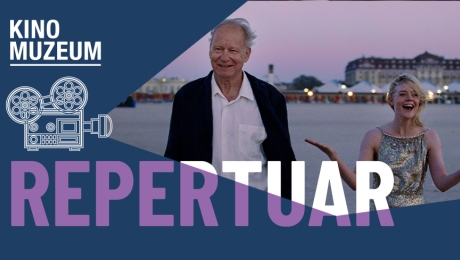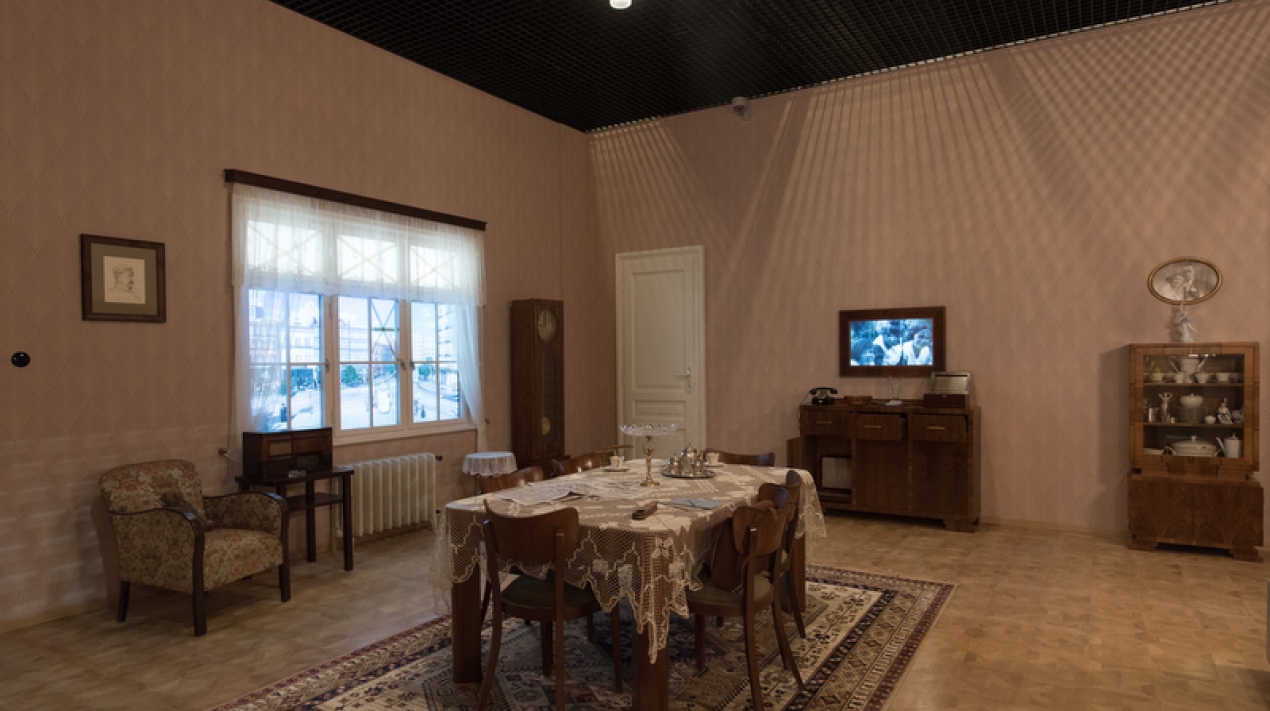Exhibition for children ‘Time travel’
The ‘Time travel’ is a part of the Museum’s permanent exhibition addressed at children below the age of 12.
It is a reconstruction of a flat of a Warsaw family during three periods: on 5 September 1939 — several days after the outbreak of the Second World War, 15 March 1943 — during the German occupation, and 8 May 1945 — immediately after its end. These interiors reconstruct the living conditions of the Polish intelligentsia family from Warsaw. The changing elements of the interior design reflect the changing political, social, and economic situation in the occupied and fighting country.
They make the visitors aware of the gradually worsening living conditions, such as, the shortages of necessities and the restrictions imposed by the occupier, and the ways of dealing with those difficulties. The exposition focuses on presenting the stances of the family members, describing their engagement in the anti-German underground and civil forms of resistance, including clandestine education. Another important thread in the narration is the fate of the Jewish population, presented with the example of the fate of the family’s pre-war neighbours. The visitors travel through the occupation years with the Jankowski family of five. The story was constructed with the use of elements typical of wartime biographies of Polish intellectuals.
The key elements of the children’s section of the exhibition indicating the changes in the life of the Polish family are:
- the disappearance of certain elements of the interior design, such as, the radio, Piłsudski’s portrait, paintings, silverware, the furniture and their damage, the books forbidden by the occupier in the bookcase, the jewellery in the casket, the fur coat, the Polish Army uniform, Polish press and IDs,
- the emergence of new elements, such as, an iron stove, ersatz food products, a cot for a new displaced resident, a secret hiding place, underground materials, Polish-language German press (reptile newspapers — gadzinówki), redone old clothes, IDs issued by the occupier, and letters from the father from an oflag.
An important element of this story are the relations between the youngest members of the family, Andrzej and Halina, presented during each of the three periods and illustrated with archival photographs. The multimedia presentations in the windows and in a hole in the wall of the third flat show the most characteristic elements of street life and supplement the story about the changing reality of Poland and Poles during the Second World War and after the end of the German occupation.















